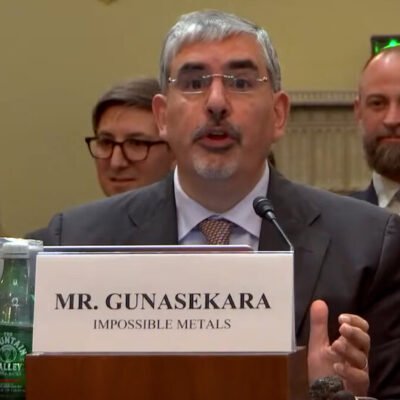After much to-ing and fro-ing, the details of the deal between government and industry were finally revealed this week, over the allocation of defined contribution default funds to illiquid assets.
The Mansion House Accord, or Mansion House 2, revealed that there was an ambition for — now 17 — providers to allocate 10 per cent of their default funds to private markets by 2030, with at least 5 per cent going to UK private markets.
This has clearly been subject to much negotiation between government and industry, so the last part was caveated with, “assuming a sufficient supply of suitable investible assets for providers”.
The arguments for allocating to private markets have been much rehearsed by the alternative asset sector: the world is going private, or staying private for longer; executives do not want the burden of quarterly reporting of the public markets, so if investors want access to growing exciting stocks, they will have to rely much more in private markets.
However, there is a world of difference between the typical private equity individual investor, who usually has millions elsewhere already invested, a long track record of investing in other assets and knows what they’re getting into with PE, and everyone else who is relying on their workplace DC scheme to invest in the right assets to save for their pension.
There has been a huge proliferation of the new vehicles designed to get more DC pensions investing in these assets — there are now 31 long-term asset funds registered with the Financial Conduct Authority, most of which are for the pension sector, and it takes a lot of work to get these funds ready for the pension scheme incoming.
Matthew Roberts, head of Fulcrum Alternative Solutions, has been working on this project for seven years. He says there are numerous challenges to overcome, to make the transition from a typical alternative asset class investment to something suitable for pension savers.
For him, the managers of the LTAF have to think about the mandate of the pension scheme, and will be closely working with the PE managers over their deals.
“It’s not to say we don’t trust you on your deal sourcing, it’s about does it make sense for the portfolio construction? Does the deal fit the mandate given to the manager or has the style drifted?” he says.
For example, in typical alternative asset investing, an investor will agree to commit certain funds to a manager, and will be called upon to draw them down as and when a deal appears. But using this approach for DC pensions may lead to a distorted investment.
Roberts says: “You have 10 managers in your portfolio and your real estate portfolio draws down in nine months, and the other managers haven’t drawn down, you haven’t got balanced exposure.”

DC pensions are like savings accounts which makes it harder for funds to take risk
Another problem is charges. Investing in this area is pretty expensive, amounting to about 3 to 6 per cent, according to Roberts, after everything has been taken into account.
“Say you have 10 managers; each of their fee schedule is 2 per cent and 20 per cent performance fee. Five of the managers produce a positive return and the other five produce a negative, so the return overall is average, so you’ve paid performance fees for average performance.
“Each of those managers that made performance feel they deserve a fee. You’ve got to think through how you overcome that challenge.”
There are other moves afoot to transform our workplace pension landscape into something hopefully more efficient and productive, with the pension schemes bill due later this year.
But one of the biggest challenges will be the overlay of a retail investor mentality on a field much more typically reserved for the wealthy, sophisticated client.
Melanie Tringham is features editor of FT Adviser












